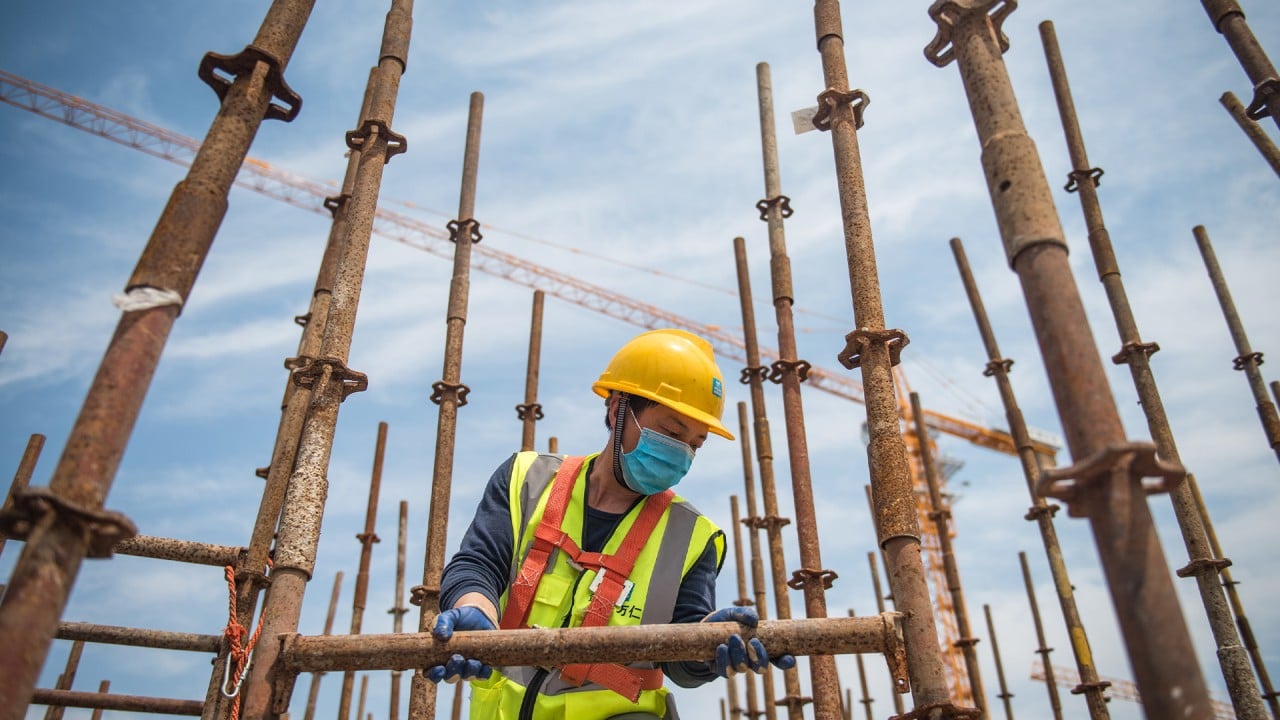
05:02
Coronavirus backlash further fraying China’s ties to global economy

This is the final story in a three-part series examining China’s plan to transform Hainan into an internationally influential ‘free-trade port’, as Beijing faces what it perceives to be an increasingly hostile international environment. You can read the first and second stories in the series here.
From beautiful legs to beating hearts, China plans to tap its vast market for health tourism by transforming tropical Hainan into a destination for cutting-edge medical treatment.
As part of its ambitious plan to turn the island into a free-trade port, Beijing has established a special health care zone that under preferential policies will allow it to import medical devices, technology and drugs that are hard to access in the mainland.
“[Chinese] go to the United States and Japan for major operations, Thailand for infertility treatment, Ukraine for beautification injections and South Korea for plastic surgery,” said Liu Zhefeng, a deputy director of the Boao Lecheng International Medical Tourism Pilot Zone.
“The demand for overseas medical tourism is huge, but totally unnecessary.”

05:02
Coronavirus backlash further fraying China’s ties to global economy
The medical park, which is also known as Boao Hope City and currently consists of about a dozen hospitals, is one of 11 key zones underpinning President Xi Jinping’s vision to create an internationally influential free-trade hub by the middle of the century.
An earlier attempt to turn Hainan into China’s “largest special economic zone” failed spectacularly in the late 1980s and early 1990s after it became a haven for property speculation and smugglers. This time, Beijing is going all out to turn the province into a free-trade port that could rival Hong Kong and Singapore as it faces an increasingly uncertain geopolitical environment.
Hainan is cutting taxes to lure businesses and providing generous duty-free allowances to tempt shoppers. But part of the plan also includes a bold opening up of China’s difficult-to-penetrate medical sector.
Liu, who previously worked as spokesperson for China’s National Health Commission in Beijing, said the demand for overseas medical treatment among Chinese “reflected the difficulty that new international drugs have in entering the Chinese market”.
“Lecheng was born to solve these kinds of problems. We will fill Lecheng with everything that is not prohibited by law.”
Officials in Hainan have claimed Lecheng will offer a number of exclusive treatments in China, including VenaSeal, a therapy from Medtronic designed to treat patients with varicose veins; and Optimizer Smart, a heart therapy treatment from US firm Impulse Dynamics. There will also be cutting-edge treatment for cancer.
The special health care zone now has 200 imported medical solutions and the approval period for new products could be as short as one day.
By the end of this year, the zone should be able to accommodate 200,000 visitors a year, including patients and tourists. That would be a huge jump from the 75,000 people that visited last year, helping to drive revenues of 640 million yuan (US$90.5 million) from medical treatment.
Still, not everyone is convinced about what is on offer. Local businessman Peter Fu said he had visited the Lecheng zone to look for investment opportunities, but came away thinking it still had “many obvious problems”.
“There’s a lack of top resident doctors there … so far I don’t see any reason to go to Lecheng for medical treatment,” said Fu, adding health care prices were still high and there was little insurance coverage.
The global medical tourism market was valued at around US$15.5 billion in 2017 and is expected to generate revenue of around US$28.0 billion by the end of 2024, growing at a compound annual growth rate of about 8.8 per cent between 2018 and 2024, according to a 2019 report by Zion Market Research.
About 11.8 per cent of Chinese tourists said they travelled overseas for medical treatment, health care and medical cosmetology in 2018, according to a report released by iResearch Consulting Group.
A total of 149.72 million outbound trips were made by Chinese tourists in 2018, up 14.7 per cent from the previous year. In total, they spent $277 billion overseas in 2018, 13 per cent higher than 2017.